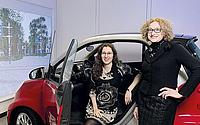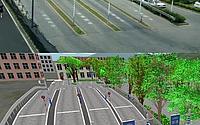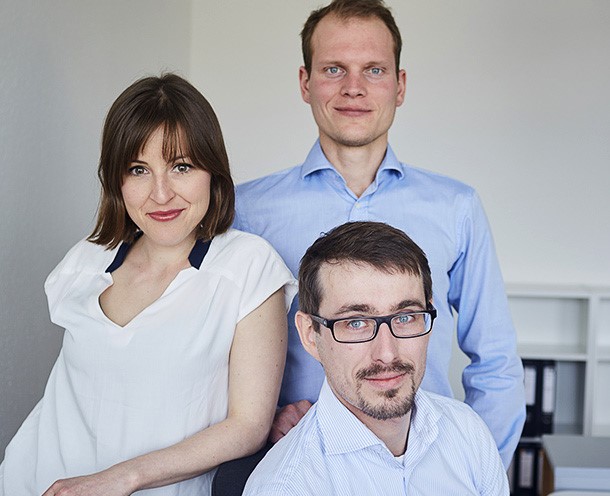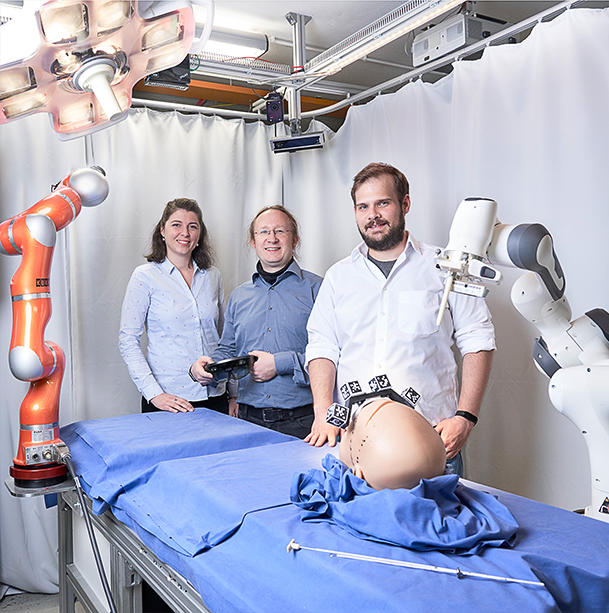- Information
- Climate, Environment & Health
- Mobility
LICENSE TO DRIVE

"Practice makes perfect," as the saying goes. This applies, for example, to the driving practice of novice drivers. Traffic in large cities with potential traffic chaos, especially during rush hour, can put many a learner driver under a great deal of stress and lead to driving errors. "Dry runs" in a driving simulator can help to gain the first driving experince without pressure. Chinese driving schools are ahead of the curve here: to obtain a driving license, virtual driving lessons in a simulator are mandatory in addition to practical driving lessons. This is a viable solution to simultaneaously meet the increasing demand for driving. By using a simulator, learner drivers can approach and practice traffic situations and hand movements. However, a virtual driving lesson will only have the desired learning effect if learner drivers complete the simulation under the most realistic conditions possible.
The DriveSim (Driving Simulator) technology transfer project headed by Prof. Jivka Ovtcharova at the KIT Institute for Information Management in Engineering (IMI) started on this premise. Together with their research team, Chinese partners TuoBaBa Technology (TBB) and Jiangyin Sino-German Technology Transfer Center, they built an intelligent, sophisticated driving simulator for use in driving schools. "I have been working with virtual reality since the 1990s, but only now has the time come for the technology to be used in industrial applications," believes Prof. Ovtcharova, who holds a doctorate in mechanical engineering and computer science. The developed driving simulator is a good example of application-oriented research and the direct use of research results.
"Driving simulators available on the market are usually more like computer games," says project coordinator Polina Häfner, "and they are also not well prepared for use in driving lessons from a didactic point of view." The scientists are implementing their vision of a high-quality solution within DriveSim: A human-machine interface that enhances the perception of reality with interactive, virtual content. The result is a realistic driving experience with the tools of a real motor vehicle. "When driving in the simulator, an algorithm builds up the adjacent environment in real time as an image of the real world, based on real data from geographic information systems (GIS)," explains Häfner. Projections around the vehicle provide a view of the three-dimensional virtual world. A control unit in the vehicle connects the non-motorized vehicle with Drive-Sim, whereby every interaction of the driver with the vehicle is mirrored into the virtual world on the one hand and can be felt through force feedback on the other. A training app completes the DriveSim learning environment, allowing driving instructors and students to generate changing driving environments and configure individual traffic exercises.
"The integration of professional information management and high-end visualizations offers opportunities beyond the field of driving simulation," emphasizes Prof. Ovtcharova. The research groups at IMI therefore aim to use virtual reality to enable an innovative working environment and competitive advantages for industrial companies, especially in the broad field of product and process development. "We value close collaboration with industrial companies that ensure immediate practical relevance. This gives us important impetus for new research fields and problems. I am convinced that innovation comes from within. The students who develop creative and practically relevant ideas during our internships constantly prove this to me. Even with a small budget, you can achieve a lot; personal motivation is crucial."
Images: KIT



